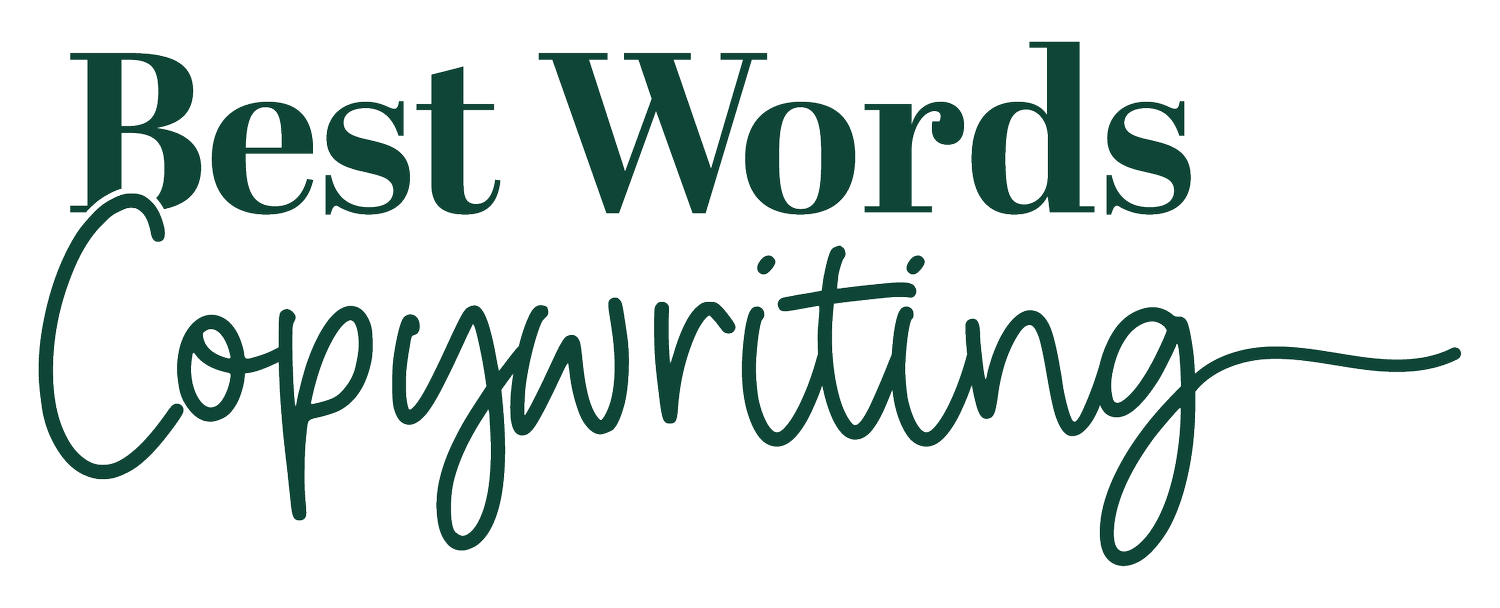Why is writing web copy different?
As a language teaching professional, you probably create a lot of content. Materials for your classroom or an online course? No problem. Academic papers, presentations or research reports? Easy. But writing your website? Well, it’s not quite the same story.
You know what you want to say but you’re just not sure how to say it.
The thing is that academic writing and writing for the web are very different. Online readers are in a rush, searching for information and answers. Successful web writing makes your services easier to find.
Take the Highlighter Test
How easy is it to read your Home Page? Can a pressed-for-time reader find the key information quickly? Try this test:
Print off your current homepage copy.
Get your hands on a highlighter pen.
Give a friend 30 seconds to read your words.
Ask them to highlight all the key information.
Then have a look at the results.
If your volunteer missed some important details or was a bit confused, don’t worry! It’s not you. This happens because web writing is very different from academic writing or creating classroom materials.
3 Key Differences
When you’re writing for the web, there are three key differences that you need to consider.
1. Scanning vs Deep Reading
Online readers don't have time to spend on dense texts. They scan, rather than read every line and paragraph. Your website copy needs to be scannable.
2. Selling vs Teaching
Writing for your website is about promoting and selling your offer, not educating readers. A different outcome requires a different style of writing. Your focus needs to be on the benefits and outcomes of working with you – and how this help your clients.
3. Web-Friendly Structure
Online texts need to be structured differently. They should match how people read online and encourage them to read to the end of your text. This means placing the most important information at the top of your page.
Scanning vs Reading
If you’ve taught reading skills in the classroom, then you already know a lot about scanning. The technique we use to find specific information in a text by searching for keywords and key phrases. And it’s the technique favoured by online readers.
“As little as 16% of people actually read content word-by-word.”
Knowing about scanning is one thing, but online it’s important to know where people are looking. That’s where the F-pattern comes in.
F-PATTERN READING
Readers tend to scan a text in the shape of a capital F. They read the first line fully, then scan less and less as they move down the page. This is not great for the reader or for you (the writer). Readers miss lots of information, comprehension suffers and your words can remain unread.
Watch this video F-Pattern in Reading Digital Content from the Neilson Norman Group to learn more about the F-pattern and what you can do about it.
IMPORTANCE OF HEADERS
Using headers not only breaks your text into manageable sections, but it also makes it more visually appealing. However, the biggest benefit of using headers is that it helps our readers find the key information they are looking for.
Make your headers stand out, using a different font, bolding, or even a different colour.
The best headers:
Are clear not clever – easy to understand.
Are relevant to your text – providing a summary.
Are short – cut any non-essential information.
Include keywords up front – where readers see them.
Using headers encourages readers to scan to the bottom of your text too. Another win.
More great tips for writing headers in this University of Dundee blog post.
QUICK TIP Bullet points
See what I did there? I used a list of bullet points. Bullet points are a fantastic tool for writing website copy. Just like headers, they are ‘scanning-friendly’. Try them in your own copy to deliver key information in a short, easier-to-read list.
Writing for Different Outcomes
Now we know a little more about HOW people read online, let’s consider WHY they are there.
TEACHING VS SELLING
Teaching materials guide students step-by-step through a lesson or series of lessons. The aim is to provide input, draw attention to features of language, even to build skills. Academic papers systematically build your argument, include research findings and build up to your conclusions. But web copy? It’s about persuading people to take action. And to convince them to take action quickly.
ACADEMIC WRITING SKILLS DON’T HELP
Your academic writing skills might actually work against you when you are writing for the web. Website copy needs to focus on benefits and outcomes of your services. The reader wants to know: "What's in it for me?" or "Why should I care?"
QUICK TIP So what?
As you write your web copy, pause after each paragraph or section. Imagine you are your reader and ask yourself: "So what?". If you can't connect it directly to your reader's needs, save it for your course materials.
If the purpose of web copy is to promote and sell, how can you structure your words to help?
Using a Different Structure
One of the best ways to help online readers is to structure your texts in a way that matches how they read. Instead of building up to your main point as in academic writing, web writing needs to lead with it.
INVERTED PYRAMID
Use this journalistic technique. Put your most important message at the top, supporting details in the middle, and background at the bottom. This approach:
Ensures readers receive the key information quickly.
Improves overall comprehension of the text.
Encourages readers to read to the bottom of the page.
This article from the News Manual shows a story written in two different styles. One as a narrative and the other using the inverted pyramid.
QUICK TIP The 50% rule
Most web writing is too long (I’m not just speaking to myself here!). Think of those webpages you find when you are looking for a new recipe. The ones that go on and on, with the ingredients and the steps near the end.
The trick to avoid this is to edit hard. Write your first draft and then cut. Aim to reduce it by 50%. You’ll be amazed how much easier it is to read your text after that.
Conclusion
Writing for the web is a different skill from creating teaching materials. But you have the content and expertise. You just need to present it in the best way for your online readers. A web-friendly way.
Make your content easy to scan with headers and bullet points.
Focus on the benefits and outcomes of working with you.
Structure your content in a way that puts the most important information first.
Remember, your readers are busy professionals looking for language help, so write with their needs in mind.
Want help putting all these principles into practice? Ask me about Website Revamp. My new 8-week online course where you gain the clarity and confidence to write web copy that connects with your ideal clients.

